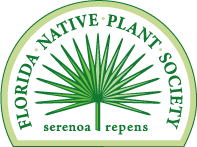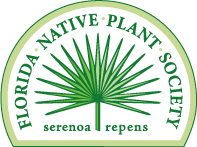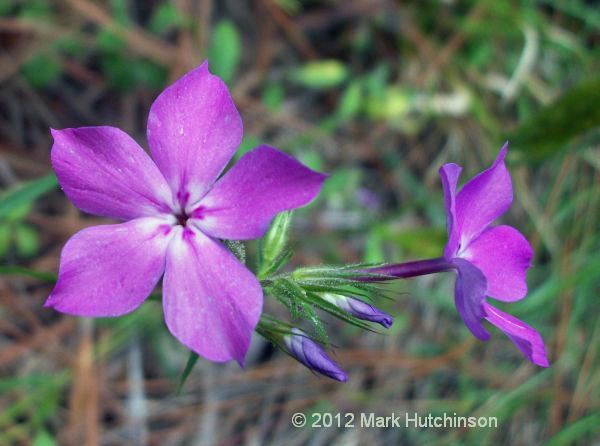FNPS Plant Database
Phlox spp.
Nomenclature
Common Name:
Synonym(s):
Genus species:
Family:
Polemoniaceae
Plant Specifics
Form:
Size:
Life Span:
Long-lived perennial
Flower Color:
Fruit Color:
Phenology:
Noted For:
Landscaping
Recommended Uses:
Considerations:
Availability:
Propagation:
Light:
Moisture Tolerance:
Always Flooded---------------------------------Extremely Dry
□□□□□□□□□□□□□□□■■■■■■■■■■■■■■■■■■□□□□□□□□□
Usually moist, occasional inundation -to- Short very dry periods
Salt Water Flooding Tolerance:
Unknown
Salt Spray/Salty Soil Tolerance:
Low/no tolerance of salty wind or direct salt spray
Soil or Other Substrate:
Sand, Loam, Lime Rock
Soil pH:
Suitable to Grow In:

USDA zones are based on the average annual extreme minimum winter temperature.
Don't know your zone? Click here to search by zip code.
Ecology
Wildlife:
Attracts butterflies and bees.
Some phlox species attract hummingbirds.
Native Habitats:
Comments:
Ethnobotany:
General Comments:
Florida has a number of Phlox species, almost all found in forested settings. The common roadside species (Phlox drummondii) is not a Florida native (Texas) -- it is a North American native and not believed to be harmful to the ecology of Florida as it spreads almost exclusively in disturbed, sunny areas (old fields, roadsides). Phlox can be either annual or perennial depending on species. Most grow as annuals.
We encourage you to use species found naturally in your area. Some phlox are annuals; some are perennial.
Citations:
Huegel, Craig, N. 2012. Native wildflowers and other ground covers for Florida landscapes. University Press of Florida, Gainesville, FL.
Osorio, Rufino. 2001. A gardener's guide to Florida's native Plants. University Press of Florida, Gainesville, FL.
Wunderlin, R. P., B. F. Hansen, A. R. Franck, and F. B. Essig. 2021. Atlas of Florida Plants (http://florida.plantatlas.usf.edu/). Institute for Systematic Botany, University of South Florida, Tampa.







